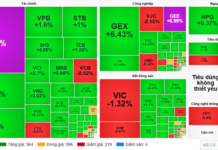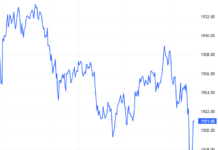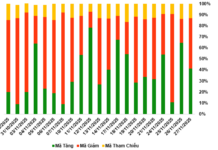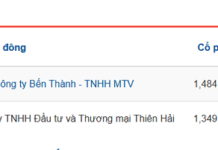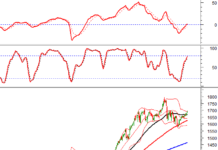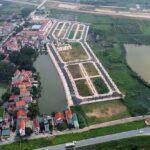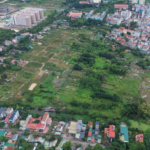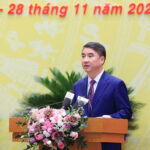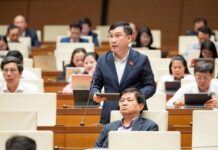On November 26th, continuing the agenda of the 28th session, the Hanoi People’s Council adopted a resolution to replace Resolution 47/2024 on low-emission criteria. This new resolution serves as the foundation for implementing Low Emission Zones (LEZ) across the city.
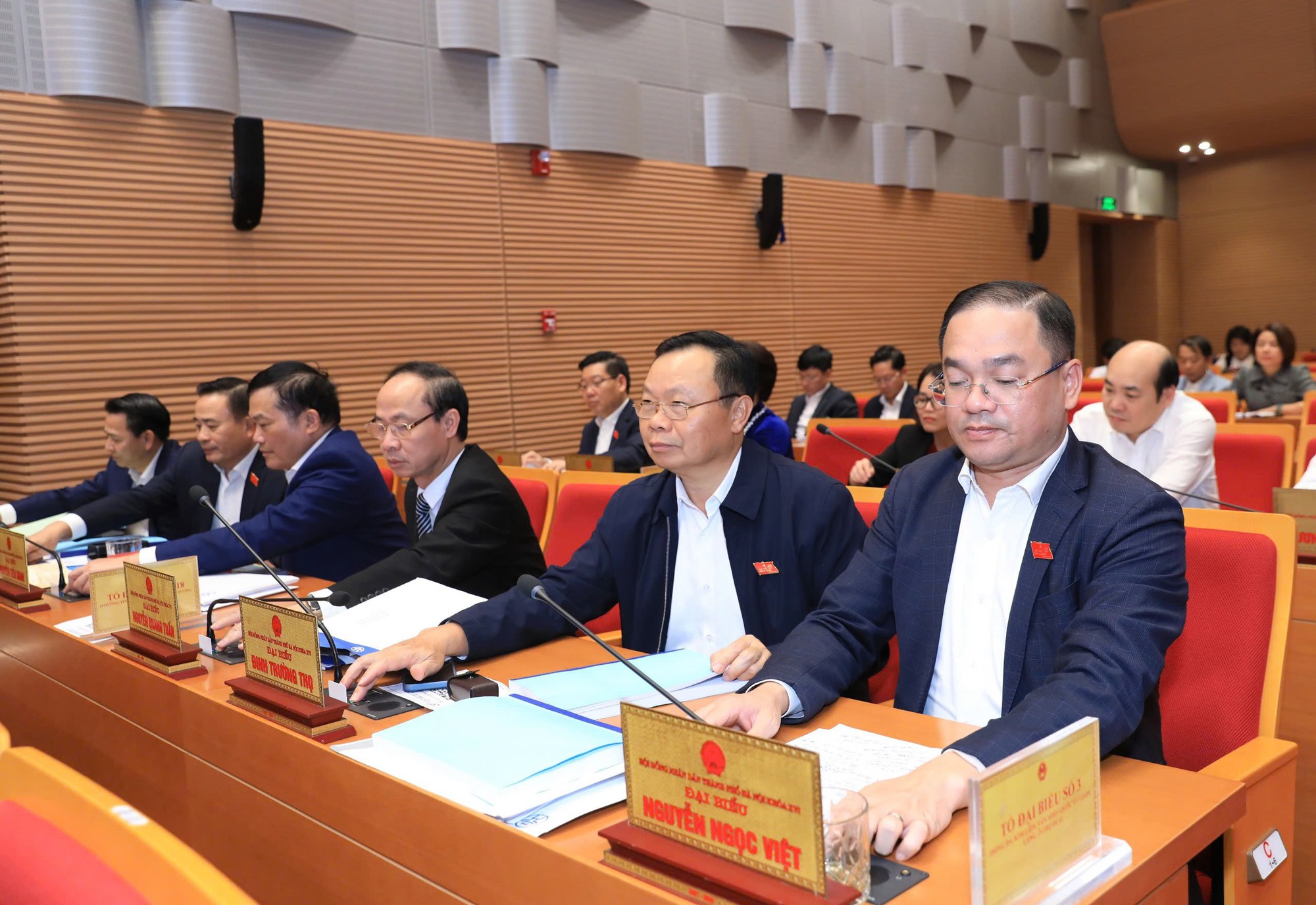
Council members voting on the resolutions
The new resolution outlines specific criteria, conditions, procedures, and sequences for designating Low Emission Zones. It also details the scope and measures to be applied in each phase.
According to the resolution, a Low Emission Zone is an area where polluting vehicles are restricted to improve air quality. The criteria for identifying such zones include: Areas within strict protection zones and emission-restricted zones as per the Hanoi Capital Planning for the 2021-2030 period, with a vision to 2050. Areas experiencing severe traffic congestion levels D to F, as defined by the TCVN 13592:2022 standard. Areas with an AQI below the average for at least one year, based on data from national and city monitoring stations.
The Hanoi People’s Council aims to establish a sustainable traffic management model, reducing the pressure from the high concentration of vehicles in the inner city, particularly in densely populated and frequently congested areas.
The resolution outlines a phased implementation plan for Low Emission Zones, gradually expanding from the central core to the outer rings. Phase 1, starting July 1, 2026, will pilot Low Emission Zones within Ring Road 1, covering 9 wards: Hai Bà Trưng, Cửa Nam, Hoàn Kiếm, Ô Chợ Dừa, Văn Miếu – Quốc Tử Giám, Ba Đình, Giảng Võ, Ngọc Hà, and Tây Hồ.
Phase 2, beginning January 1, 2028, will extend the Low Emission Zones to the entire Ring Road 1 and parts of Ring Road 2, encompassing 14 wards and communes: the 9 wards of Ring Road 1, and Láng, Đống Đa, Kim Liên, Bạch Mai, and Vĩnh Tuy.
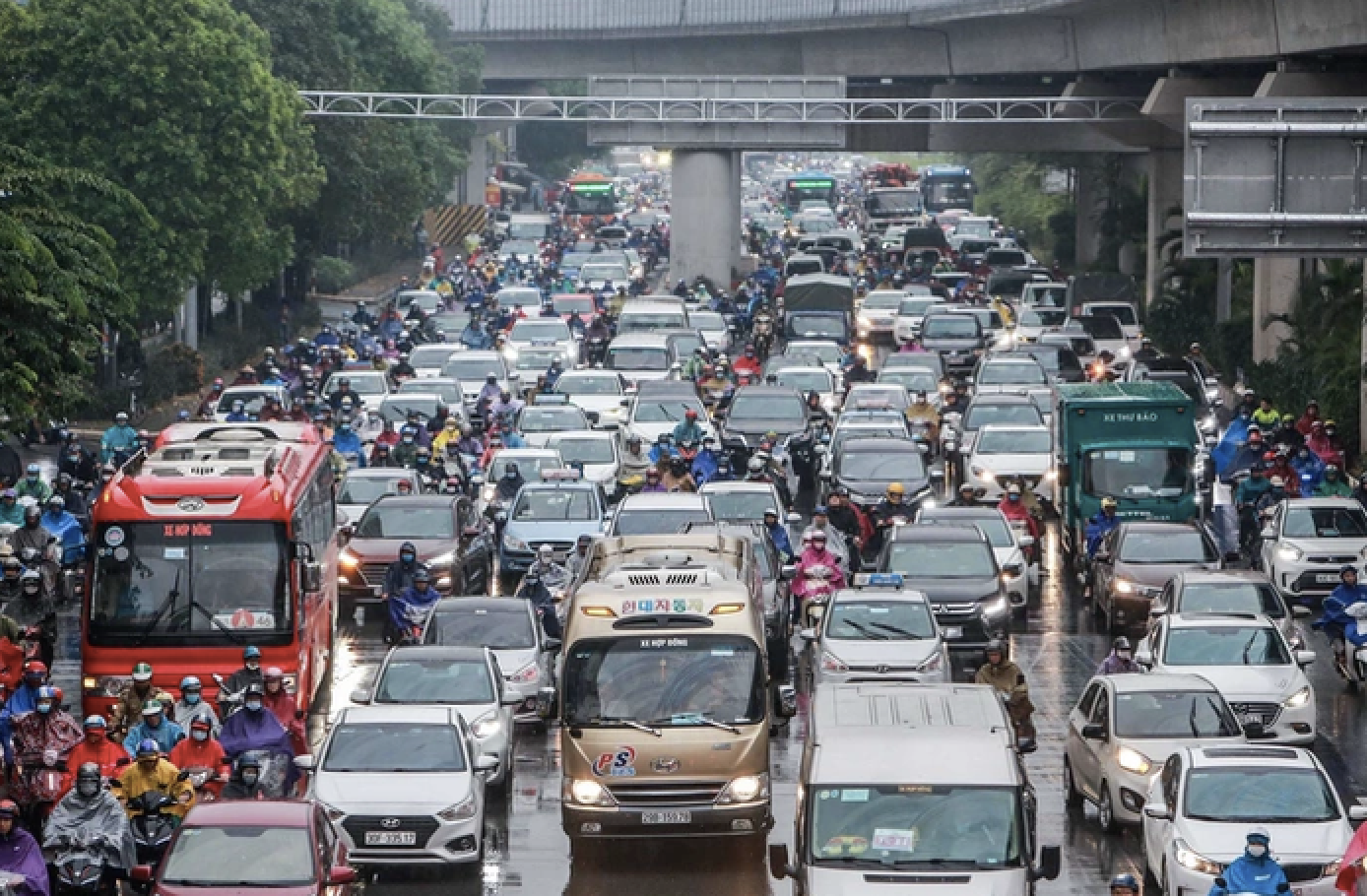
Vehicles on Hanoi streets. Illustrative image
Phase 3, starting January 1, 2030, will apply to areas within Ring Road 3, covering 36 wards and communes in Ring Road 2, and areas such as Phú Thượng, Xuân Đỉnh, Nghĩa Đô, Cầu Giấy, Yên Hòa, Thanh Xuân, Khương Đình, Định Công, Phương Liệt, Tương Mai, Hoàng Mai, Vĩnh Hưng, Long Biên, Phúc Lợi, Việt Hưng, Bồ Đề, Phù Đổng, Đông Anh, Thư Lâm, Phúc Thịnh, Vĩnh Thanh, and Nội Bài.
From 2031 onwards, any area meeting the criteria outlined in Article 4 of the resolution will be designated as a Low Emission Zone.
In addition to defining the scope, the resolution also stipulates measures to control vehicles within Low Emission Zones. In these areas, the city will not invest in or register new fossil fuel-powered vehicles once existing ones reach the end of their operational life, especially for vehicles owned by organizations.
Hanoi will also ban trucks over 3,500 kg using fossil fuels from entering Low Emission Zones, significantly reducing emissions from heavy vehicles. Furthermore, the operation of gasoline-powered motorcycles will be restricted within these zones. This includes banning motorcycles and mopeds using fossil fuels from participating in app-based transportation services, as well as restricting other motorcycles from entering specific areas or during certain hours.
Low Emission Zones will limit the operation of vehicles that do not meet Euro 4 emission standards, eventually banning them from entering these zones during specific hours or in certain areas. This measure is expected to significantly impact commuting habits, particularly for older, fuel-inefficient vehicles.
Crackdown Ordered: Hanoi Leaders Demand Strict Action Against Sand and Construction Material ‘Protection Racket’ Operators
The Hanoi People’s Committee has issued a stern directive to crack down on and severely punish individuals engaged in “protection rackets,” employing tactics to monopolize territories for unhealthy business activities related to construction materials, mineral resources, and associated crimes. These include public disorder, intentional assault, and organized criminal activities.
Hanoi Approves New Land Price List: Inner City Peaks at 702 Million VND/m², Substantial Fluctuations in Outskirts
The Hanoi People’s Council has approved a new land price table effective from January 1, 2026. Prime locations along central streets will see land prices set at 702 million VND per square meter. Suburban areas have experienced the most significant adjustments, with the highest increase recorded at approximately 26%.
Hanoi Officially Approves New Land Price List, Outskirts See Significant Fluctuations
The Hanoi People’s Council has approved a new land price table effective from January 1, 2026. Prime locations along central streets will see land prices set at 702 million VND per square meter. Suburban areas have experienced the most significant adjustments, with the highest increase recorded at approximately 26%.
Unprecedented Budget Surplus: Hanoi Records Highest Revenue Collection in History
The Hanoi People’s Committee has announced that the city’s budget revenue for this year is estimated to exceed 640 trillion VND, reaching 124.9% of the planned target. Notably, revenue from land use fees alone accounts for 89 trillion VND. This marks the first time Hanoi’s budget collection has surpassed the 600 trillion VND milestone.

